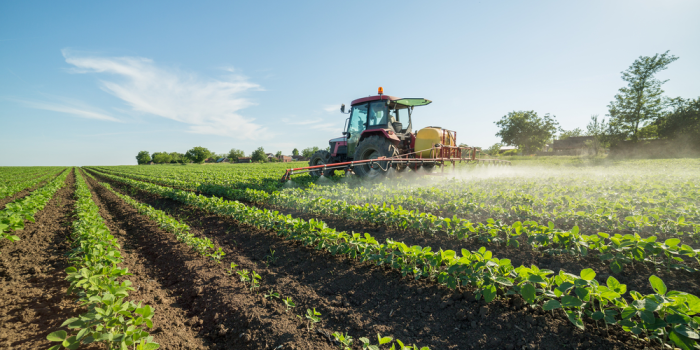In the heart of Japan, where age meets innovation, a silent revolution is taking root in the agricultural fields. The Land of the Rising Sun, grappling with an aging labor force and a dwindling population, is witnessing a transformation in its farming landscape.
The 2020 Census of Agriculture and Forestry revealed a startling statistic: a staggering 20% decline in agriculture workers between 2015 and 2020. Moreover, nearly 70% of those remaining were 65 or older. To breathe new life into this sector, an alliance of private enterprises and local governments is harnessing the power of 5G technology, pioneering a renaissance in Japanese agriculture.
Japan’s agriculture industry, responsible for producing crucial exports like rice, barley, and wheat, is a linchpin of domestic and international markets. Faced with demographic challenges and an aging workforce, integrating smart-farming technologies, driven by 5G mobile internet, is proving to be a game-changer.

Abe Masakuza, the head of management strategy and implementation at NTT AgriTechnology, the agricultural-production division of Nippon Telegraph and Telephone, underscores the transformative potential of these technologies. He explains, “This approach is environmentally friendly, eliminates travel time, and allows experts to support more farmers in a limited amount of time, contributing to the reduction of labor shortages in agriculture and the realization of profitable farming.”
In 2020, NTT AgriTechnology initiated a pioneering three-year innovative farming project in Ch?fu City, Tokyo, introducing experts from the local government’s agricultural research center in Tachikawa, Tokyo, via 5G-powered technology to provide remote support to farmers. This breakthrough empowered farmers to receive guidance and manage their crops entirely remotely.

Simultaneously, the deployment of 5G-powered electric robotractors in Iwamizawa, a city in Northern Japan, marked another milestone. These robot actors developed through collaborations between Hokkaido University, NTT, and local governments, demonstrated the reliable transmission of vast amounts of data from the tractors to data-monitoring sites via 5G. These robotic tools enabled farmers to monitor and manage multiple fields from a centralized location, while 5G-connected robots assisted with tasks like pesticide spraying, grass cutting, and other physically demanding chores.
One of 5G’s standout features is its capability to transmit 4K footage in real-time, thanks to its substantial bandwidth. This feature is crucial for monitoring crops, disease detection, and maintaining a real-time harvesting schedule while dealing with the ever-changing conditions of agriculture. Additionally, the low latency of 5G ensures that experts can safely operate the robots.
Farmers benefit from this innovative system by receiving daily support from experts, a significant improvement over the previously sporadic assistance they received. This system eliminates daily crop checks, as images and data can be effortlessly collected and analyzed.

Several case studies illustrate the widespread deployment of 5G technology in agriculture. In Ch?fu City, NTT introduced fully automated greenhouses with 5G-powered technology, including smart glasses to control environmental variables like temperature and humidity. These greenhouses relieved the burden on farmers and protected crops from extreme weather conditions.
Japan’s 5G network, which already covers approximately 55.5% of the population, aims to achieve 95% coverage by the end of 2023. While most of this coverage comes from mobile phone providers offering public networks, the push for private, local 5G networks tailored to rural farming regions is gaining momentum. Private networks provide greater customization to address local conditions and ensure reliable coverage for rural areas, enhancing the overall efficiency of agricultural operations.
The future of 5G farming involves expanding the scale of these projects, enabling farmers to monitor larger fields and implement new technologies, such as pesticide drones and harvesting equipment. As data collection becomes increasingly vital for decision-making, there is hope that artificial intelligence will soon provide recommendations based on the wealth of data generated through 5G technology.


